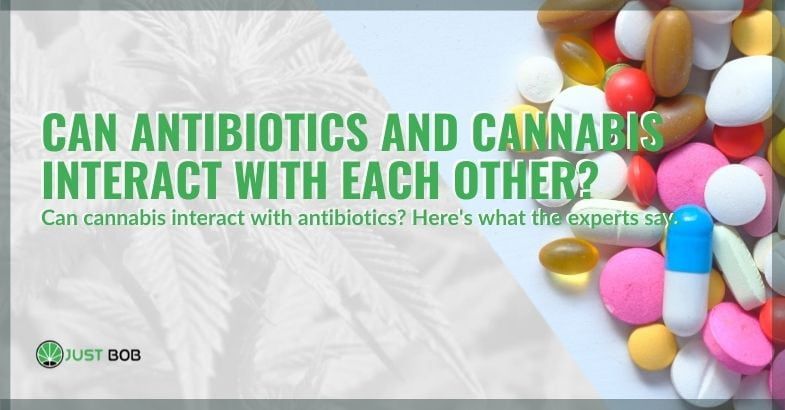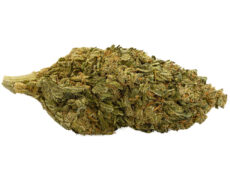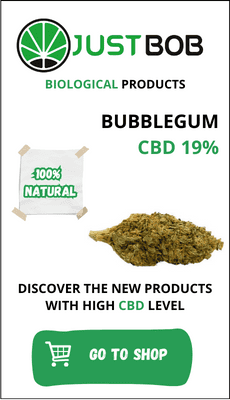Modified on: 19/04/2024
CAN CANNABIS INTERACT WITH ANTIBIOTICS? HERE’S WHAT THE EXPERTS SAY.
If you wonder what the consequences might be, you are in the right place.
Since there is still so much confusion on the subject, this article aims to provide clarity.
-
 SMALL & BIG
SMALL & BIGBUBBLEGUM
Indoor | CBD – CBDA < 22%
Starting from:EASTER SALE -10%
1,25CHF1,10CHF/gGrams3 5 10 20 50 100 -


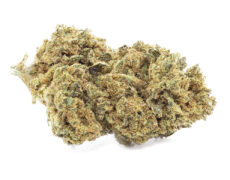
DO SI DOS
Starting from: 2,00CHF/gIndoor | CBD – CBDA < 19%
Grams3 5 10 20 50 100 -


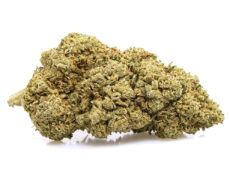
ROYAL GG#4
Starting from: 2,30CHF/gIndoor | CBD – CBDA < 40%
Grams3 5 10 20 50 100 -


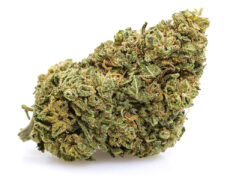
GORILLA GLUE
Starting from: 2,90CHF/gIndoor | CBD – CBDA < 20%
Grams3 5 10 20 50 100
That is why we will now look at how cannabis and antibiotics are metabolized by the body and what happens if they are taken together.
Ready?
Before starting we want to remember you CBD weed is completely legal in Switzerland!
Let’s do it!
How marijuana and drugs are metabolized in the body
With impeccable internal functioning, our bodies direct these external particles directly to the liver for what is called the ‘first-pass effect’, whose function is to trap, reduce and rapidly eliminate toxins that could poison the rest of the body.
The liver has the job of reducing molecules into even smaller components that the body can absorb as nutrients.
OK, but what does all this have to do with cannabis and antibiotics?
To answer this, we need to take a step back.
In our bodies there are particular enzymes, called cytochromes, that selectively bind to natural and manufactured drugs, metabolizing them: through their action, they reduce up to 73% of a drug’s initial potency.
And what happens to the remaining 27%?
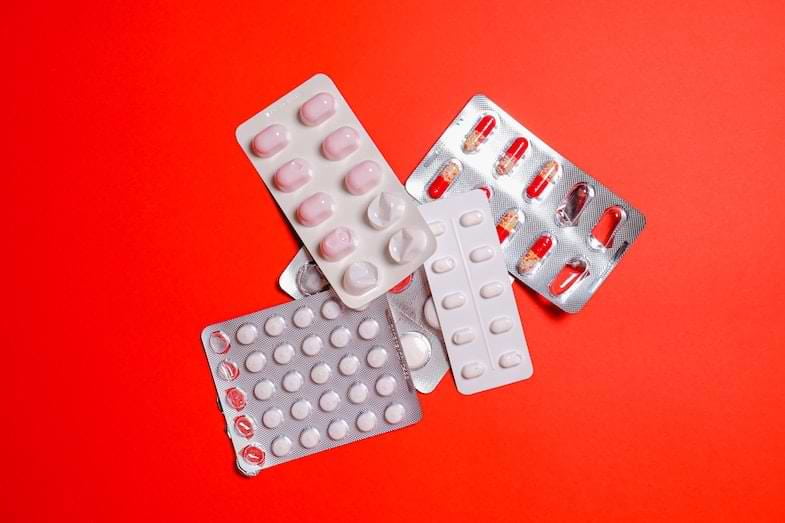

What remains of the drug (or cannabis and its derivatives, such as pre rolls) circulates in our bloodstream, reaching all organs, including the brain, heart, and kidneys.
The function of our liver is to ‘take the hits’, and it is an exceptionally resilient organ.
However, there are ‘methods’ to circumvent this first-pass metabolism and bypass the natural pathway of digestion: injecting, spraying, inhaling substances or even directly impregnating the mucous membranes would allow molecules to enter the bloodstream, avoiding being trapped by the liver.
Some traditional drugs (such as inhalants and insulin) have been developed with this in mind.
Some recreational drugs, such as cocaine or heroine, exploit this advantage, with dramatic effects, as the potency of the substances is close to 100% (precisely because they evade hepatic metabolism).
What about antibiotics?
Antibiotics are known to ‘disrupt’ the cytochrome system.
Ciprofloxacin, for example, inhibits these enzymes, thus influencing other drugs or metabolites that use the same system, thereby enhancing them.
Other drugs, however, have the opposite effect. Sulphonamides or alcohol, for example, accelerate the cytochrome system, which in turn accelerates the metallization of other drugs, reducing their finely regulated potency.
So, how do antibiotics interact with marijuana?
To begin with, we know that the cytochrome system metabolizes THC.
That said, we don’t know whether it inhibits or activates the system.
With so many enzymes involved in the cytochrome system, cannabis can:
- inhibit some;
- induce others;
- have no effect on still others.
For this reason, we do not know how antibiotics or other drugs can affect the potency of the THC present in marijuana.
However, we can draw a couple of conclusions.
First, most cannabis is inhaled, not ingested, so the first step is skipped anyway.
Second, most patients ingest such small doses of cannabis that they are unlikely to affect the cytochrome system. At most, some drugs that accelerate the efficiency of the cytochrome system might reduce the potency of cannabis.
The user can therefore balance doses according to their effects.
Have you ever wondered why edibles seem more potent and last longer?
How is this possible if the first step of metabolism metabolizes THC? We can turn to our extensive knowledge of metabolism to explain this dilemma.
As we mentioned earlier, cannabis particles (THC, CBD, etc.) enter the liver’s cytochrome system to be further metabolized. It has been discovered that one of the derivatives of THC metallization is 11-hydroxy-THC, which is more potent than THC because it remains in the body longer.
This is an unintended consequence of metabolism that explains how, in very rare cases, some drug metabolites are more potent than their precursors.
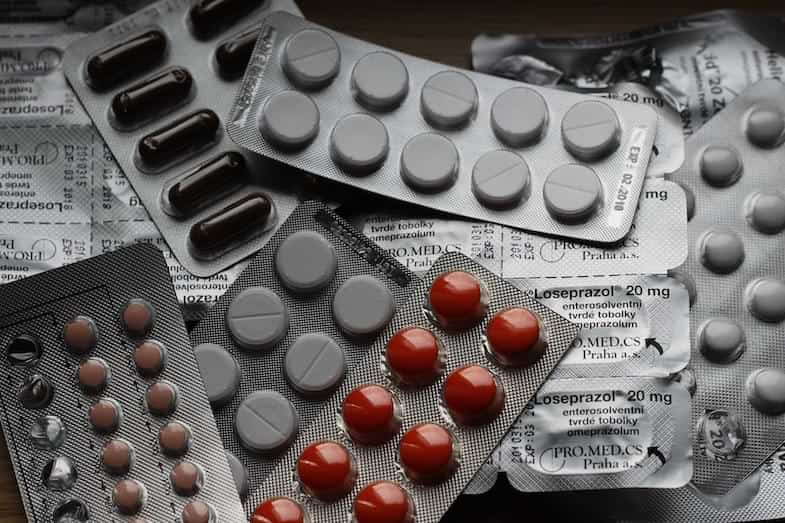

Interaction of cannabis and antibiotics? Here are the conclusions we can draw.
That said, there is anecdotal evidence that THC combined with various types of drugs exacerbates side effects (different from Cannabidiol effects).
Drugs such as SSRI antidepressants or anticholinergics (such as diphenhydramine and some antipsychotics) are known to have unpleasant side effects, such as dry mouth or loss of balance.
THC can make these symptoms worse.
This does not mean that they cannot be used in combination; rather, patients should note any symptoms or side effects to inform their doctor.
In time, health professionals will have a much more profound understanding of cannabis metabolism and the interactions to avoid.
For now, it is best to maintain a cautious approach to mixing antibiotics and other drugs with marijuana.
Conclusions
In this article, we have seen how cannabis might interact with antibiotics.
Should you be taking both substances, please consult your doctor first so that we can assess the situation together.
To make sure you don’t miss any updates, visit the JustBob website and discover all top-quality legal marijuana products.
We look forward to seeing you in our CBD shop online!


